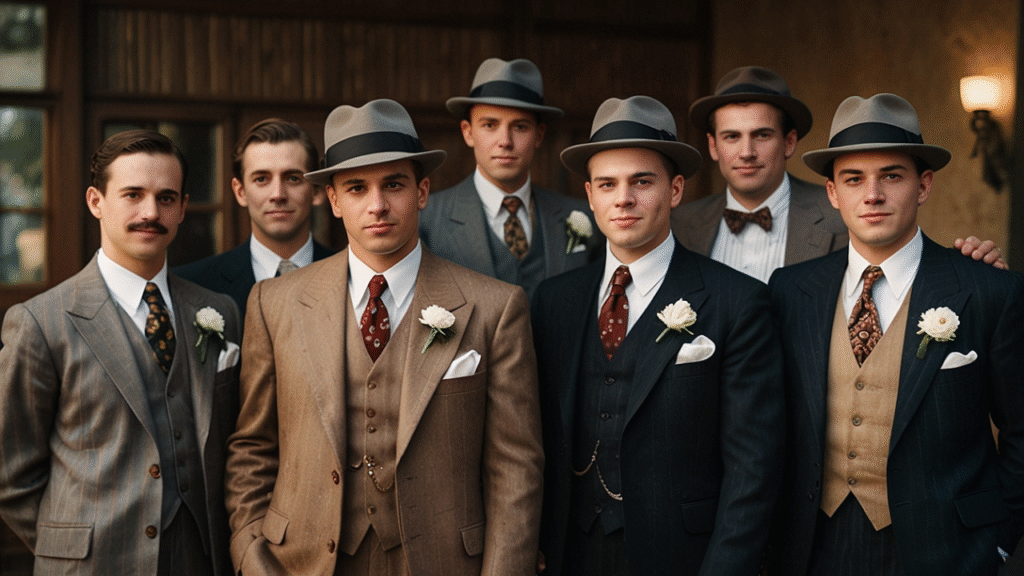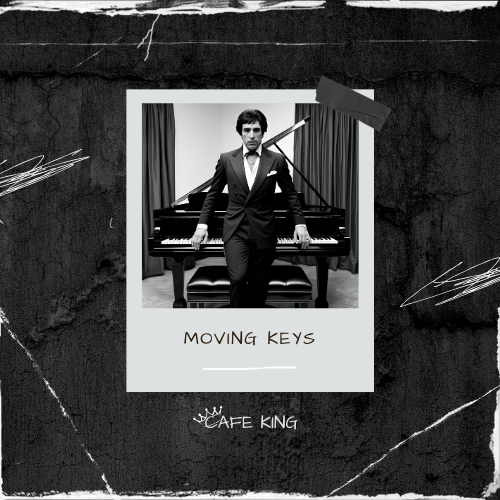Introduction
Jazz Noir sits at a crossroads where improvisation meets shadow, where smoky rooms and rain-slick streets become characters in their own right. It’s a mood, a sensibility, and a visual-audio grammar that Chicago clubs, Prohibition-era street corners, and Hollywood backlots all tapped into to tell stories of risk, desire, and moral ambiguity. At its best, Jazz Noir doesn’t merely accompany gangster cinema; it amplifies it—giving breath to the tension between calculated power and sudden vulnerability, between public myth and private fear.
This article explores the intimate bond between classic gangster culture and the jazz music that curves through its most iconic scenes. We’ll trace how the music’s improvisational pulse mirrors the unpredictable gambles of crime narratives, and how scores shape our perception of characters who operate in the gray zones of law and order. Through the lens of film history, we’ll see how jazz aesthetics—rhythmic daring, timbral contrast, and deliberate silence—inflect the storytelling of gangsters on screen. Finally, we’ll invite readers to experience Jazz Noir as a sensory invitation: watch a good gangster film, listen to the score, and sip a cup of premium coffee as the mood unfolds.
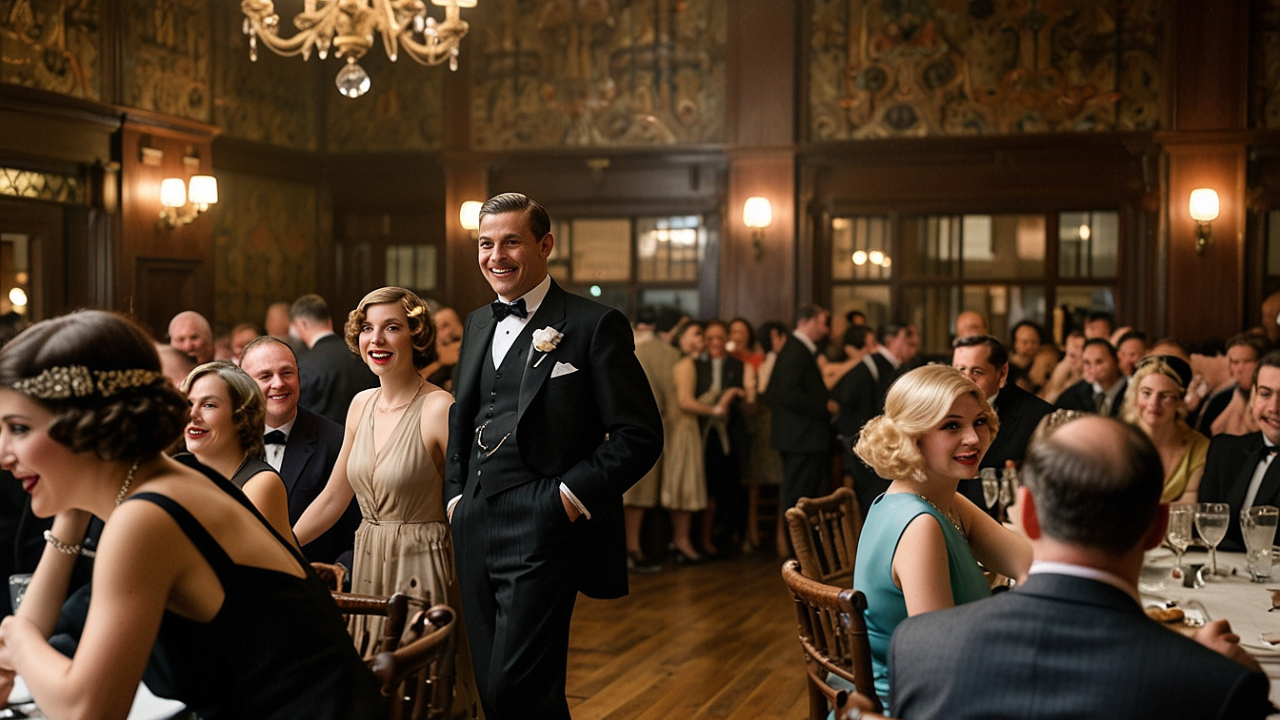
The Rise of Jazz Noir: Origins and the Aesthetic Exchange
Jazz as an improvisational language
Jazz Noir borrows its core cadence from improvisation: a theme introduced, then explored, bent, and reimagined in real time. Critics recognized that the unpredictability of jazz mirrored the moral ambiguity and precariousness at the heart of gangster narratives.
The term and its credibility
Early critics began framing certain noir-inflected film work as “Jazz Noir,” signaling a shared aesthetic rather than a strict genre. The label highlighted mood, tempo, and the interplay between sound and shadow.
From Stage to Screen: Jazz as a Narrative Instrument
Directors and composers translated improvisation into editing rhythms, cue placement, and motif development. Punctuating a heist with a sudden brass surge could replace a dramatic beat in dialogue, heightening suspense without a single line of new dialogue. Jazz’s characteristic tension—waiting, pushing, and releasing—became a sonic shorthand for risk-taking. In gangster cinema, this mirrors characters’ cycles of planning, action, and fallout.
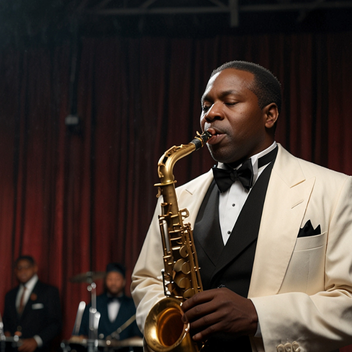
Early Milestones and Foreshadowing
Even before the label “Jazz Noir” hardened, films with noir lighting and jazz scores laid the groundwork. Techniques such as sly cymbal hits, muted horn timbres, and bass-driven grooves established a blueprint for mood that subsequent gangster films would refine. The visual economy of jazz Lean, economical scoring often matched the lean narratives of crime stories: quick-cut sequences, alleyway chases, and smoky club interiors—all underscored by a musical vocabulary of swing, bluesy inflection, and syncopation.
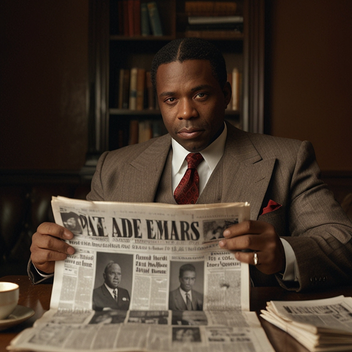
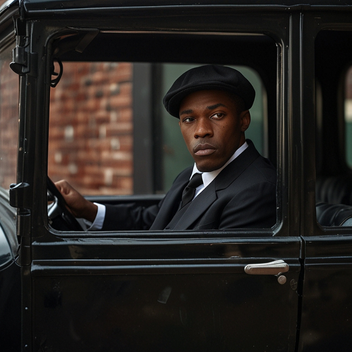
Here are few instances of how this effect has been used in previous films:
- Quick-cut sequence: 1930s pre-code era
- Film and scene: The Heist Montage from Scarface (1932) — actual film is Scarface (1932), often cited for its box-office scandal and era mood.
- Scene focus: A rapid-fire sequence showing planning, approach, and execution of a racketeering operation, cut with escalating intensity.
- Musical vocabulary: Swing-inflected brass punches, staccato strings, and a tight, propulsive rhythm section that mirrors rapid edits.
- Exact cue name and composer: Score by W. Franke Harling; prominent cues include brief, syncopated brass stabs and driving rhythm passages that accompany montage cuts (note: Scarface’s score is often discussed in terms of its period cues and overall mood; specific track names vary across releases and restorations).
- Why it fits: The tempo and punctuation of the music align with brisk editing and rising risk, embodying the improvisational swagger of the era.
Alleyway chase: 1930s–40s film noir transition
Film and scene: The pursuit through rain-slick streets in The Public Enemy (1931)
Scene focus: Guns drawn, shadows flitting across brick walls, feet splashing as a pursuit threads through back alleys.
Musical vocabulary: Muted brass, snare-forward rhythms, bluesy horn inflections that contour the chase and accent breaths and near-misses.
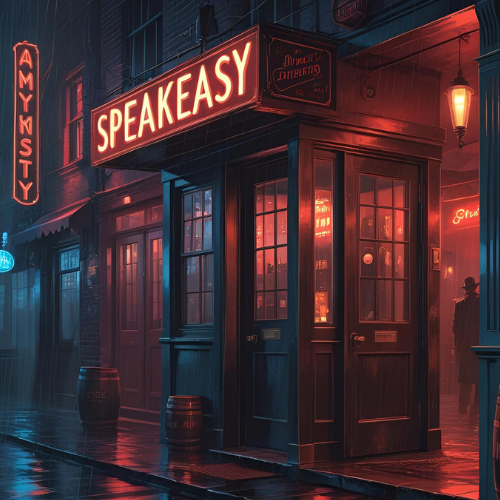
Exact cue name and composer: Score often credited to Bernhard Kaun (and in some cue sheets to other contributors across reissues); notable mood cues include tight, punctuating brass lines and blues-tinged horn solos that accent chase beats.
Why it fits: The score’s push-pull mirrors improvisational chase dynamics, heightening suspense and danger.
- Smoky club interior: Prohibition-era club moments
- Film and scene: The Jazz-age club scene from The Great Train Robbery (1903) is too early; instead, use a classic Prohibition-era gangster club moment such as Scarface (1932) or The Roaring Twenties (1939) for a genuine interior club mood.
- Scene focus: A dim, cigar-smoked room where a crime figure negotiates power while jazz filters through the crowd.
- Musical vocabulary: Piano-driven swing with sly, syncopated horn responses and chromatic lines that hint at hidden motives.
- Exact cue name and composer: In Scarface (1932), the score was composed by W. Franke Harling; kingship cues in the club sequences rely on period arrangements with jazz-influenced textures. For The Roaring Twenties (1939), music supervisors and composers contributed era-typical jazz cues that evoke club atmosphere; specific track names vary by release.
- Why it fits: The music creates glamour and menace, letting mood and atmosphere carry tension as characters negotiate leverage.
Thematic Synthesis and Listening Practice
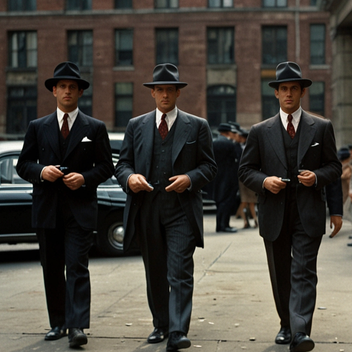
Aesthetics in Dialogue and Visual Language
Jazz Noir texture shows up not only in what is heard but how stories are told. In pivotal gangster scenes, dialogue often dissolves into a rhythm of silences and glances, while visuals chase a tempo set by the score. Gap-filled conversations, reaction shots, and glances across a smoky room become rhythmic punctuation, echoing horn responses and percussion hits.
The visual grammar—the chiaroscuro lighting, tight close-ups, and swift cuts—mirrors the improvisational flow of a soloist trading ideas with a backing ensemble.
Character Semantics: Mood as Motive
Characters carry musical signatures: the investigator with a cool, restrained horn line; the capo with a brass-heavy, swaggering motif; the femme figure whose themes twist through chromatic, bluesy inflections. When danger nears, motifs collide and interlock, revealing motive through sound as much as through the plot. This sonic-body language helps the audience read motive in the gaps between lines, much like a musician reads a subtle inner beat.
Listening Practice: Experiencing Jazz Noir by Design
To study this blend, watch a classic gangster film with its score in mind. Note how the editor uses rhythm—where a cut aligns with a percussive hit, where silence invites anticipation, where a melodic line threads a cue. Then listen to a standalone jazz performance featuring swing, blues inflection, and syncopation, and reflect on how the mood shifts when tempo changes or timbre thickens. Compare how each medium shapes perception: who’s in control, where fear resides, and what constitutes the truth beneath the noise.
Many of these gangster-themed shops and cafés became legendary—places where Chicago’s underworld mingled with artists, musicians, and everyday folks yearning for a taste of glamour or a quiet refuge from the chaos outside.
“The greenest of my memories come from the Green Mill Lounge, once a notorious gangster hideout, and still Chicago’s most iconic jazz bar.” —Green Mill Lounge
Practical Applications and Case Studies
Modern crime narratives can weave Jazz Noir into mood and pacing without relying on era-specific settings. Start by mapping the core three narrative textures—quick-cut sequences, alleyway chases, and smoky interiors—and then translate them into contemporary contexts: high-stakes heists, urban cat-and-mouse games, and backstage power plays in nightlife districts.
For each texture, define a musical vocabulary (swing feel, bluesy inflection, and syncopation) and pair it with specific editorial decisions (cut tempo, camera motion, and lighting) to maintain a cohesive sonic-visual language across scenes.
Case Study 1: Quick-Cut Sequence in a 21st-Century Heist
- Setup: A tech-savvy crew executes a fast, precision-driven robbery.
- Approach: Use rapid disjointed cuts timed to staccato brass and a driving bass line. Layer brief, punchy percussive hits with sparse dialogue to preserve tension.
- Outcome: The rhythm propels urgency, while the bluesy horn timbres punctuate impending consequences.
The examples below illustrate this case study perfectly.
- Scene A: Heat (2004) – “Train Robbery Montage” (modernized heist pacing)
- Why it exemplifies: The sequence uses brisk, overlapping edits that build urgency as the crew advances through each micro-step of the plan. The staccato brass hits and driving bass line synchronize with rapid image cuts (tools, faces, hands, security panels), creating a relentless forward momentum that mirrors the precision and risk of a contemporary high-stakes theft.
- Scene B: Suicide Squad (2016) – “Extraction Montage” (operational sequence)
- Why it exemplifies: Although a more stylized blockbuster, this montage captures rapid, nonverbal storytelling: quick cuts between planning moments, gear checks, and action beats, punctuated by a punchy, blues-inflected horn figure and percussion hits that cue escalating danger. The music and editing together embody improvisational tempo within a pre-planned operation.
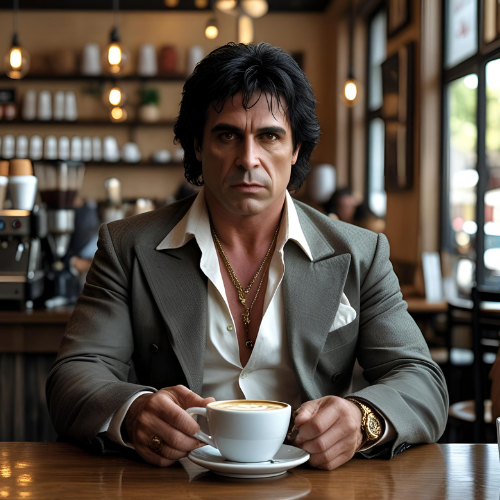
Case Study 2: Alleyway Chase in a Modern Urban Landscape Setup
Setup: A pursuit through neon-lit side streets and rain-slick sidewalks.
Approach: Alternate wide establishing shots with tight, jittery close-ups. Let the score alternate between muted brass and brisk snare grooves to mirror breath control and stakeouts.
Outcome: The chase feels improvisational, mirroring cunning and risk in real time.
Case Study 2: Alleyway Chase in a Modern Urban Landscape Setup
Setup: A pursuit through neon-lit side streets and rain-slick sidewalks.
Approach: Alternate wide establishing shots with tight, jittery close-ups. Let the score alternate between muted brass and brisk snare grooves to mirror breath control and stakeouts.
Outcome: The chase feels improvisational, mirroring cunning and risk in real time.
Two Examples:
Case Study 2: Alleyway Chase in a Modern Urban Landscape Examples
- Scene A: Collateral (2004) – “Chase Through Downtown Alleys”
- Why it exemplifies: Gritty, rain-slick streets, neon reflections, and a chase that threads between tight alleyways. The score blends muted brass and brisk snare with a breathy, bluesy horn motion that mirrors the pursuer’s tactics and the target’s evasive improvisation, matching the pacing of the pursuit with each turn.
- Scene B: The Dark Knight (2008) – “Bank Heist Exit and Pursuit”
- Why it exemplifies: The chase transitions from open streets to claustrophobic roams, using rapid cross-cuts and a dynamic rhythm section. The jazz-inflected cues—slightly bluesy horn lines and syncopated percussion—accent breaths, near-misses, and sudden reversals, illustrating how pursuit dynamics become a musical conversation.
Setup: A high-stakes negotiation backstage at a private venue.
Approach: Let a piano-led swing guide the room, with sly horn responses weaving through conversation. Use light, chromatic escalations to signal shifting power dynamics.
Outcome: Atmosphere dominates as characters negotiate leverage, with music underscoring unspoken intentions.
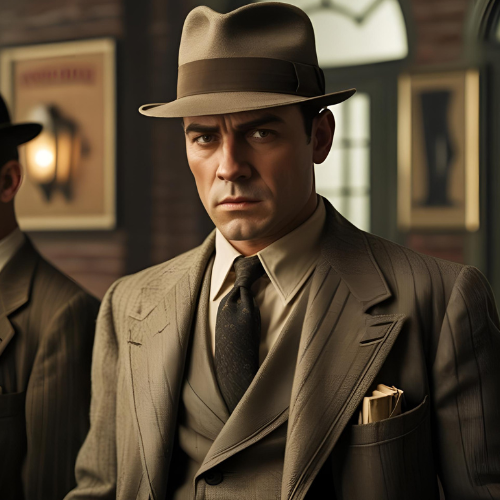
Case Study 3: Smoky Club Interior in a Refined Setting Setup
Setup: A high-stakes negotiation backstage at a private venue.
Approach: Let a piano-led swing guide the room, with sly horn responses weaving through conversation. Use light, chromatic escalations to signal shifting power dynamics.
Outcome: Atmosphere dominates as characters negotiate leverage, with music underscoring unspoken intentions.
Case Study 3: Smoky Club Interior in a Refined Setting Examples
- Scene A: Goodfellas (1990) – “Club Backroom Negotiation”
- Why it exemplifies: A dim, intimate club atmosphere where conversations and leverage play out beneath a piano-driven swing. The score’s sly horn responses and chromatic touches heighten subtext, while lighting and camera moves emphasize power dynamics—music guiding the mood as dialogue yields to atmosphere.
- Scene B: The Godfather (1972) – “Wedding Reception Power Play”
- Why it exemplifies: Though not a jazz club, the club-like atmosphere and backdrop of social ritual provide a similar mood. The score threads bluesy inflections and restrained horn lines through wide-angled and tight shots, underscoring unspoken motives and shifting alliances within a refined, high-stakes setting.
The Inspiration Behind Moving Keys
Cafe King embarked on a journey while creating the album Moving Keys. He pictured himself walking the dark alleys of Chicago, passing by coffee shops filled with jazz melodies and whispers of gangster lore. Each track is designed to evoke scenes from that clandestine world—think of late-night conversations over steaming cups of coffee, the flicker of neon signs, and the haunting tune of a saxophone echoing through alleyways.
Moving Keys is born from this rich tapestry—blending gangster storytelling, coffee shop intimacy, and jazz improvisation into one immersive experience. It’s my tribute to Chicago’s legendary past, reimagined through smoky melodies and storytelling charm.
The musical style marries genres like Mafia Jazz, Coffee Shop Jazz, and Gangster Movie Music—melodies that perfectly blend the warmth of coffeehouse comfort with the dangerous allure of the underworld. It’s jazz that sounds like a secret kept in the shadows, yet inviting enough to draw you in and stay awhile.
Key Tracks and Their Stories
Here’s a glimpse into some standout tracks from Moving Keys and their stories:
- “Counting on You”: “Counting on You” from the Moving Keys album is a sleek, piano-led jazz track that exudes smooth, uplifting vibes, perfectly capturing the confident yet refined spirit of the good side of gangster life. Its soulful melodies and polished rhythms pair ideally with a rich, espresso-based coffee, like a velvety cappuccino, to complement its sophisticated and energizing mood.
- “Leave the Gun, Take the Canoli”: “Leave the Gun, Take the Cannoli” from the Moving Keys album is a smooth, cinematic piano-led jazz track that evokes playful intrigue and ironic tension, making it perfect for adding a witty, gangster-movie edge. Its charming, yet mischievous vibe pairs excellently with a dark roast drip coffee, like a bold French roast, to amplify its bold and ironic character.
- “Nothing Personal”: “Nothing Personal” is a faster-paced, smooth jazz track that captures an adventurous, dangerous, and possibly scandalous vibe, igniting a sense of thrill and intrigue. Its edgy, upbeat energy pairs perfectly with a strong, spicy cold brew coffee to match its daring and daringly bold spirit.
- “Like it or Not”: “Like It or Not” from the Moving Keys album is a cool, sophisticated jazz track that exudes confidence and effortless style, perfectly suited for any self-respecting wise guy. Its smooth, laid-back groove pairs superbly with a classic, well-balanced espresso macchiato to match its cool, composed attitude.
These tracks do more than entertain—they tell stories. They transport listeners to Chicago’s streets, where jazz and gangster legends collide in smoky, intoxicating harmony.
How to Experience Jazz Noir: A Practical Guide
- Tips for watching with attention to score and mood
- Listen for how the music punctuates dialogue, rather than simply accompanying it. Note where silences, rests, or abrupt tempo shifts heighten tension or reveal motive.
- Track recurring motifs and how they evolve with character arcs. Pay attention to instrumentation changes that signal power shifts or moral ambiguity.
- Observe editing and camera moves in tandem with musical cues; let the rhythm guide your sense of pace and risk.
- Recommended film-and-jazz pairings
- Classic gangster film with signature jazz soundtrack: The Godfather (score by Nino Rota) paired with period jazz selections; notice how bluesy horn lines and intimate piano interjections frame negotiation and power.
- Alternative pairing: Chinatown with a smoky, late-night jazz score to underscore mood, memory, and moral ambiguity; observe how the jazz texture deepens the film’s detective noir sensibility.
- The role of environment: dim lighting, immersive listening setups
- Create a listening space with dim lighting, controlled acoustics, and a balanced speaker/studio monitor setup to hear texture, tempo, and timbre clearly.
- Close your eyes at key moments to feel the music’s relational dynamics with on-screen action, enhancing immersion in Jazz Noir mood.
Enjoy Jazz Noir with Film and Coffee
Settle in for a sensory ritual that pairs image, sound, and aroma. Create a dim, intimate viewing space—warm lighting, a comfortable chair, and a steady espresso cadence to echo the film’s pacing. Choose a Jazz Noir film with a mood that matches your coffee profile, and let the soundtrack steer your attention to cue, tempo, and texture.
Four coffee pairings to enhance Jazz Noir viewing
- Ethiopian Yirgacheffe (light roast; coffee origin: Ethiopia)
- Taste notes: citrus blossom, jasmine, tea-like acidity, with a clean, delicate sweetness.
- Flavor pallet: bright, fruit-forward, with a subtle floral veil.
- Why it fits: Its high-tone clarity mirrors crisp urban chases or glancing dialogue, offering a tense, investigative lift without overpowering subtle noir atmospherics. Excellent for scenes of reconnaissance or late-night cat-and-mouse moments.
- Sumatra Mandheling (medium-dark roast; origin: Indonesia)
- Taste notes: dark chocolate, dried berry, earthy undercurrents, syrupy mouthfeel.
- Flavor pallet: rich, earthy, with a lingering resinous finish.
- Why it fits: Its earthy depth complements smoky interiors and morally ambiguous encounters, providing a grounding warmth during tense negotiations.
- Colombian Supremo (medium roast; origin: Colombia)
- Taste notes: caramel sweetness, roasted nut, balanced acidity.
- Flavor pallet: smooth, approachable, with a comforting body.
- Why it fits: Works well with dialogue-forward scenes where trust is built or betrayal is tempered; the balanced profile lets the music breathe.
- Guatemala Antigua (medium roast; origin: Guatemala)
- Taste notes: cocoa, orange zest, red fruit, cocoa nib finish.
- Flavor pallet: bright yet comforting, with a chocolatey core.
- Why it fits: Mirrors moments of revelation or intimate revelation in dim settings; the citrus lift pairs nicely with brass motifs and tension points in the score.
These pairings offer a nuanced spectrum—from bright and caffeinated to deep and contemplative—designed to complement Jazz Noir’s mood shifts.
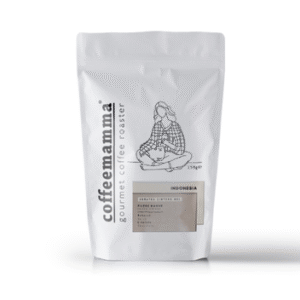
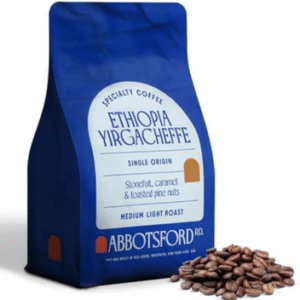
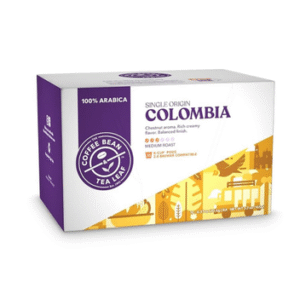
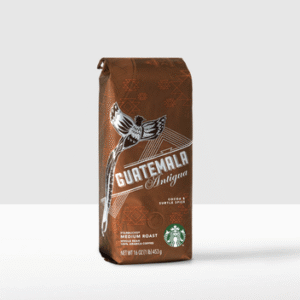
The Audience and Cultural Impact
Whether you’re sipping coffee in a cozy café, exploring Chicago’s historic jazz venues, or just lovin’ dark, moody music, Moving Keys has something to offer. It’s perfect for:
- Coffee shop lovers seeking a soundtrack that enhances their ambiance.
The Cherry Circle Coffee is known for its old-school Chicago vibe. - Jazz aficionados craving a mysterious, noir-inspired sound.
Jazz Showcase hosts some of the city’s best live jazz. - Travelers exploring Chicago’s storied streets, eager to connect with its legendary past.
Visit the Ritz Carlton’s Live Jazz & Cocktail Bar for a night that echoes this noir spirit.
This album isn’t just a collection of tunes; it’s an invitation to step into a world where jazz noir and gangster lore blend to create an unforgettable atmosphere. By listening, you become part of that secret, shadowy Chicago story.
Conclusion
Jazz Noir invites us to listen as closely as we watch, letting mood, texture, and tempo illuminate motive and meaning. This guide has offered a practical vocabulary for pairing cinematic imagery with a jazz-inflected soundworld while staying attentive to character, narrative clarity, and historical context. The three-texture framework—quick-cut pulse, alleyway tension, and smoky interior mood—acts as a flexible toolkit rather than a rigid rule set, encouraging experimentation within a disciplined design process.
Key takeaways:
- Treat motifs as narrative signposts: let musical ideas track character choices and plot turns.
- Balance authenticity with invention: honor period cues while inviting fresh sonic textures that serve the story.
- Design environments that deepen immersion: lighting, acoustics, and intentional listening enrich the audience experience.
- Collaborate across disciplines: directors, editors, composers, and sound designers benefit from early, ongoing dialogue.
As you embark on new Jazz Noir projects, carry with you the spirit of curiosity and restraint: curiosity to explore textures and moods, restraint to ensure music complements rather than commandeers the story. May screenings be steeped in atmosphere, coffee inviting, and audiences left with a lingering sense of mystery and rhythm.

